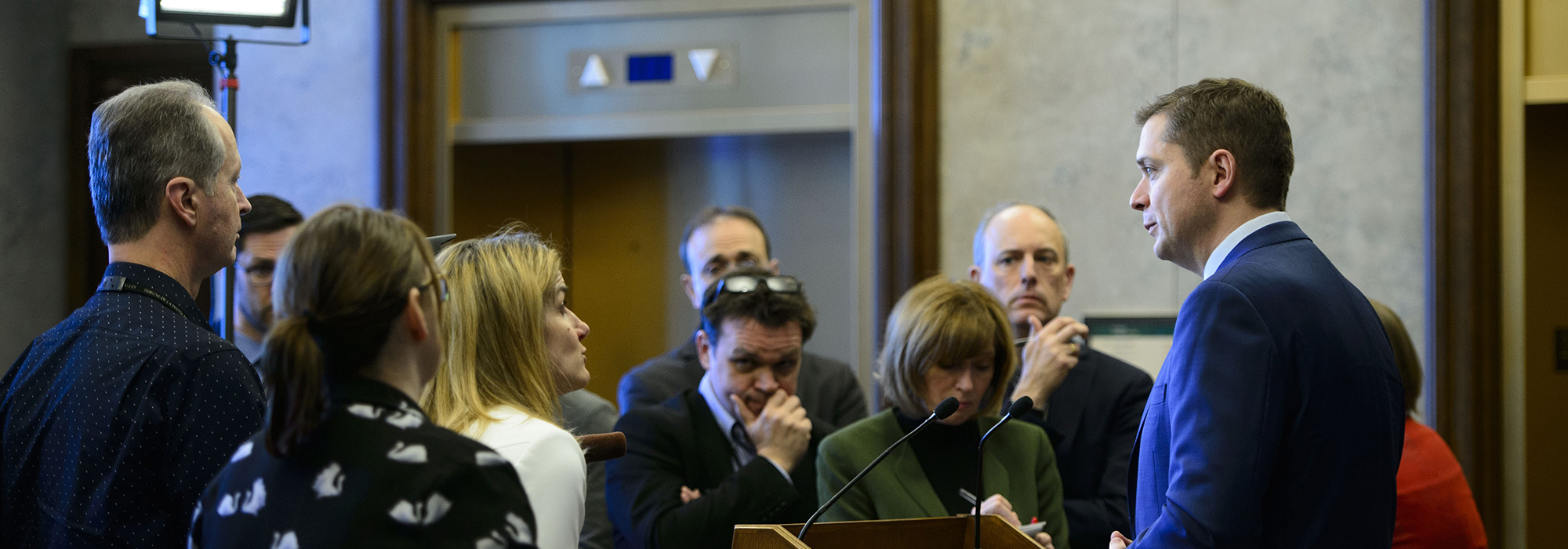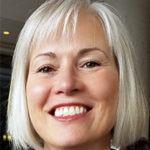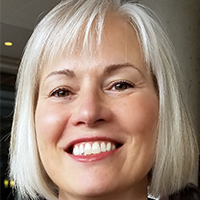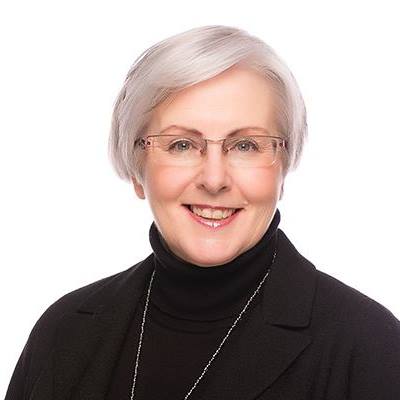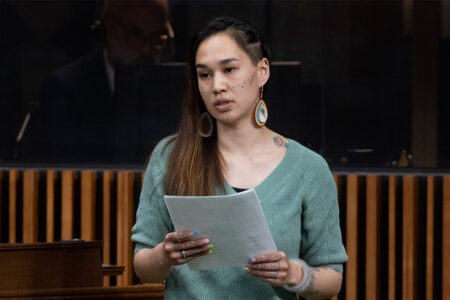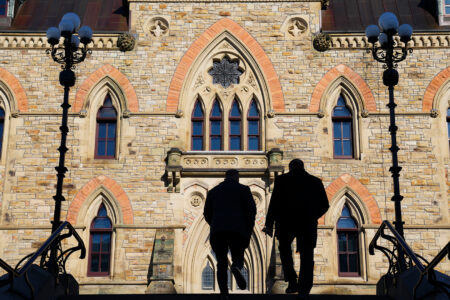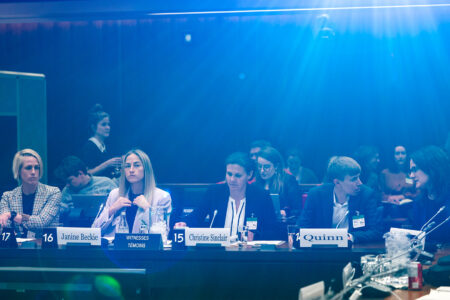
As Canadians savour the last days of the summer break, news editors across the country are pondering what their newsrooms will be doing to cover the federal election on October 21. It’s expected the writ will drop in early September, so we’ll probably be in official campaign mode just after Labour Day. That means newsrooms across the country will try once again to provide Canadians with the information they need to make informed decisions about which parties and candidates to support.
We can expect most of the stories in the media will focus on the party leaders and the front-runners: Liberal Leader Justin Trudeau and Conservative Leader Andrew Scheer. Less attention will be paid to NDP Leader Jagmeet Singh, Green Party Leader Elizabeth May, Bloc Québécois Leader Yves-François Blanchet and People’s Party of Canada Leader Maxime Bernier. This means women are virtually invisible in campaign news reporting, because minor-party leaders and “ordinary” candidates are given cursory attention if any.
However, it will be interesting to see if May gets more prominence in the media than her party deserves, given that it has only two elected members. In the polls, the Green Party has shown some momentum toward taking over as the third party in the House, and the media like an underdog story. Additionally, given that climate change continues to be a polarizing topic for the Liberals and the Conservatives, and the pipeline debate is front of mind for many voters in Alberta and BC, May is sure to take advantage of her expertise in this area to make serious political inroads. Finally, the Green Party’s decision to temporarily utilize controversial former Liberal insider Warren Kinsella to put together its quick-response unit in advance of the campaign suggests that the Green Party could be readying itself to become a much stronger voice in this election. Kinsella has left, but one of his colleagues from his company Daisy Group Consulting remains on the campaign.
May’s refusal to call her quick-response unit a war room compels attention because it speaks to the language of elections. Research we conducted about the 2000 federal election, looking at the words used in Globe and Mail and National Post headlines, determined that war metaphors and aggressive words dominated. Words like “blitz,” “attack” and “hammer” and phrases like “takes aim,” “gang up” and “one-two punch” were featured in 45 percent of the Globe’s election headlines. The National Post’s headlines included aggressive language 51 percent of the time.
This trend continued in the Globe and Mail in 2015, we find as we look at more recent coverage. Slightly more than 41 percent of the stories had headlines that used combative words and phrases like “bruising,” “punches,” “breaks ranks,” “crumbling fortress” and “goes on attack.” Women traditionally have not been comfortable with that type of aggressive language, and its use suggests that politics remains very much the domain of men. But because the battle framing offers drama, conflict and sensationalism, attracting audiences, election coverage will continue to present a “tough guy” view of the competition.
Of course, Canadian media outlets continue to deal with shrinking revenues and declining audiences. Television has a problem with fragmentation: increasingly, people are turning to digital platforms for their audio and video services, meaning that traditional television programming — especially news — is taking a hit. The decline of traditional newspaper readership has also been an ongoing concern, with the federal government providing support for newsrooms to boost hiring.
The pressure put on the newspaper industry as a result of the downturn in the market could have an effect on the amount of political coverage of elections. Our team’s examination of the Globe and Mail coverage of the leadership campaigns of federal political parties suggests that after 2000, with the rise of the internet, political coverage dropped dramatically. We determined that in the leadership races in 2002, 2003, 2004, 2006 and 2012, the average number of stories per day given to party leadership stories fell compared with the coverage of leadership races from 1975 to 1995. The kind of coverage changed significantly as well: columns replaced news stories, and photographs dominated.
That trend seems to have caught on in the coverage of elections as well. A total of 40 election stories appeared on front pages of the Globe in 2015, even though this campaign was much longer than normal, at 78 days. By comparison, in 2000 there were 62 front-page stories in the Globe during a regular 36-day campaign.
Our research so far leads us to expect the coverage will focus largely on polling information, with limited detail in the national paper and on television given to the ordinary candidate and, probably more disheartening, to where the parties stand on policy issues. Reporting about elections emphasizes the horse race aspect of the campaign, continually answering the question of “who’s winning.” Coverage pays significantly more attention to strategies, scandals, debates, poll standings and leaders’ performances on the trail than to parties’ positions on the policies Canadians care about.
Issues other than the economy and foreign affairs are given short shrift. While climate change and immigration have already emerged as two hot topic issues — or wedge issues — that allow the Liberals and the Conservatives to rally troops around to differentiate themselves among voters, little substantive information will be provided. Issues that may be seen as important to women, such as a national daycare program, policies for elder care, a national pharmacare program and policies to address violence against women, are not likely to be more than talking points brought out only when speaking to specific audiences.
Which brings us back to May and the Green Party, in what some are calling her legacy election: either she makes some serious inroads in October or she will be gone. Hiring Kinsella to build a situation room means she’s now switching from doing politics differently to doing politics like everyone else.
Or maybe that should read “like every other guy.” Because even though it’s 2019, the dwindling federal election stories will likely be dominated by coverage of men, and of issues of interest to men in language that excludes women. Even when there is one lone woman running as a federal political leader.
This article is part of The media and Canadian elections special feature.
Photo: Conservative Leader Andrew Scheer holds a press conference on Parliament Hill in Ottawa on Monday, March 25, 2019. THE CANADIAN PRESS/Sean Kilpatrick
Do you have something to say about the article you just read? Be part of the Policy Options discussion, and send in your own submission. Here is a link on how to do it. | Souhaitez-vous réagir à cet article ? Joignez-vous aux débats d’Options politiques et soumettez-nous votre texte en suivant ces directives.



